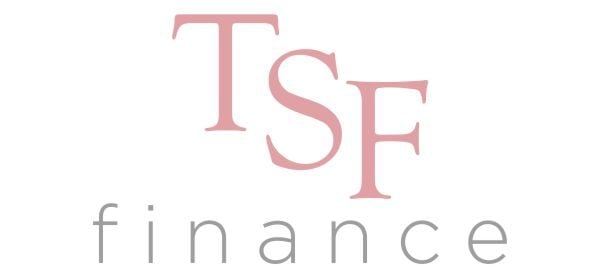What is the right type of funding for today’s situation?
Every business experiences challenges with cash flow at one point or another. This year, however, many SMEs have been forced to consider different types of business financing to manage the unexpected challenges Coronavirus has thrust upon them.
Whether it’s facing rapid growth, or financial strain, there are different types of business finance to support your needs. There are challenges, of course, in obtaining financing from traditional routes, particularly in today’s economy. The latest figures from the Office of National Statistics (ONS) reported that borrowing in the public sector in the UK could increase to £298.4 billion for the financial year ending March 2021 as a result of Covid-19. But with the right help, from a broker like TSF, you can secure the best solution faster, and without the added strain of doing all the legwork yourself.
Further financial challenges are on the horizon too as a result of Coronavirus - the furlough scheme comes to an end in October, at which point the responsibility of paying the employee’s salary will fall back onto the employer. So you may need to consider other options to the norm.
Below, we break down the different types of business finance and how to identify which solutions work best to support expansion and a healthier cash flow.
What is Business Financing? -1.png?width=400&name=Untitled%20design%20(2)-1.png)
Financing for your organisation is exactly what it says on the tin: the process of gaining financing to start a business, run it day-to-day, or expand it. There are pros and cons to all the funding pathways, and more in-depth details to be considered, so it’s always worth seeking further advice from professionals like TSF, once you have narrowed down which finance options would better suit your business.
Invoice Financing
Invoice Financing is a unique option if your business generates strong invoicing volume, but sometimes runs into cash flow tightness due to slow payments.
In this situation, you borrow money against the value of the invoices that are due to you; these loans typically pay out 85% of the value right away. An extra benefit of this type of loan is that if - in the event - the invoice isn’t paid, you’re not on the hook for that non-payment. This form of financing is typically better for businesses with large value invoices and who run into cash-flow tightness due to the speed at which their accounts receivable are paid.
Asset Finance
If you require capital to purchase higher-value equipment, asset financing may be the right strategy. This loan is unique in that the asset itself is the security used against the loan and nothing else. These loans typically are managed like a “lease” in that you can claim the item as an asset, but you don’t own it until the loan is paid off. This loan is a simple way to add physical assets to your business without a large cash outlay.
Commercial Mortgage
A commercial mortgage is a standard loan in a lot of businesses. These loans are driven by the market and can be used to purchase a new property, refinance an asset you already own, or simply raise cash or reduce debt.
These loans are seen as riskier than home mortgages, and as such typically carry a higher interest rate. But these loans do typically offer better rates than standard business loans. Additionally, commercial mortgage interest is tax deductible. These loans offer a bit more flexibility than most other business loans and are typically larger, thus can have a larger impact on the growth of your business.
Business Loans (Secured & Unsecured Loans)
A more standard way of financing is with a typical business loan designed to last for medium to long-term. There are two types of business loans: secured and unsecured. When a loan is “secured” it is backed by a house, a car, or other large asset to backstop the loan. This protects the lender if the borrower finds they can’t make the payments.
The other option is to have the loan be unsecured. When the loan isn’t secured, the borrower of the funds does not put up any capital as collateral. The lender is simply making the loan and trusting in the business plan, and the current situation the business finds itself in. This path is often a quick and easy strategy to add cash into your business operations. However, be aware that this loan does typically require the borrower to pay back the loan in full, if for some reason the business in unable to complete their monthly payments. Both of these loans are very typical in business, as the cash can be used for anything the business needs.
Ultimately, you need to keep a pulse on your cash resources to ensure your business is prepared for whatever the future brings. The impacts of COVID-19, for example, have been felt near and far, and ensuring you have enough working capital could be the difference between thriving and barely surviving.
Understanding your cash resources initially can help you to identify how strong, or weak a position your business is in, in terms of cash flow. See more information on how to create a Working Capital strategy here.
The below are three key areas to consider action on:
- Make sure you have assessed your creditor position and have access to the cash to meet these commitments;
- How much cash do you have tied up in debtors and can you change your payment terms or improve your credit control;
- How does your stock level seem for the current requirements – if it’s too high then you have cash tied up here; think of ways to reduce this and change your re-ordering processes.
TSF has over 30 years’ experience in sourcing the right finance solutions for businesses. As a broker ahead of its competitors, we’re prepared to go above and beyond to help you thrive.
Is your business growing at an exponential rate, and you need solutions to control your numbers?










